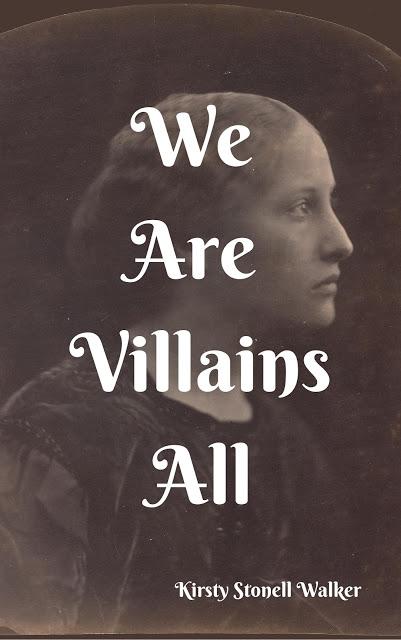Synopsis: 1890, Daneburton, Hampshire: Maud Blake, spinster companion to flighty, young Emeline Hutchinson, is the least important woman at the weekly poetry circle. She sits at the back, barely able to see the poet who presides over them all, but she requires only his words to fuel her dreams. For twenty years Max has lived peacefully in the market town of Daneburton. He presides over his poetry circle and the clammering attention of the ladies who attend him, with formality and restraint. He thinks he has successfully avoided the death and betrayal of his past. What he doesn’t realise is that his past is about to pay him a visit…
Sometimes in life, the past revisits us unexpectedly. It can be lovely, right? Who doesn’t want to rekindle a friendship from those early years when we were just embarking on adulthood?
Let’s be honest. Sometimes it is a disaster.
It is definitely a disaster for poet Max Wainwright when his peaceful life is upturned by the reappearance of photographer Brough Fawley. Brough hurtles into Max’s life after many years and with him comes chaos. It is the year 1890 and Max is a poet living in the village of Daneburton, where he is quite popular with the ladies. He’s a gentleman, though, and he behaves as such. Brough, on the other hand, does not live by the same code of honour. Soon they will both be plunged into drama and tragedy. There will be secrets to unearth and wounds to mend.
The book takes place in two time periods, 1860s and 1890s, and the storylines in each period are written with an expert hand. We see Max and Brough in the early days of their friendship and we learn the painful truth that has affected Max in the ensuing years. That pain refuses to remain in the past, however, and it will manifest in a deadly way. Kirsty weaves together the characters, their past, and their present in a riveting narrative, making We Are Villains All a compelling Victorian mystery.
Kirsty’s impeccable research skills are evident throughout her work. Photography was an emerging art form in the 1860s and Kirsty incorporates the process of wet plate photography in the book. While writing the book, she took a hands-on approach to the process by doing it herself at Dimbola Lodge, the home of celebrated Victorian photographer Julia Margaret Cameron.
Kirsty Stonell Walker excels at exploring a story through the experience of art. It’s a tale of passions explored and passions denied. Love, pain, lust. Victorian poetry and the early days of photography. It’s a rollicking ride that fans of both mysteries and historical fiction will enjoy.
Visit Kirsty Stonell Walker’s website.
Don’t miss this post, where Kirsty shares five interesting facts about the book.

